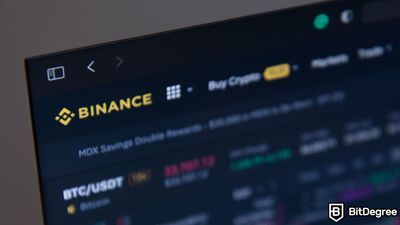Many crypto investors ditched centralized exchanges for decentralized exchanges and purchased USDC stablecoin shortly after the collapse of Silicon Valley Bank.
A crypto-friendly Silicon Valley Bank (SVB) collapsed on March 10th, causing panic in the cryptocurrency market. SVB reportedly held 8% of the total stablecoin issuer Circle’s USD Coin (USDC) reserve.
The collapse significantly impacted the Cirlce’s issued USDC price, with the stablecoin de-pegging from its $1 peg and falling to an all-time low on March 11th. The prices, however, bounced back, and the USDC regained its dollar peg.

Did you know?
Want to get smarter & wealthier with crypto?
Subscribe - We publish new crypto explainer videos every week!
What is a Smart Contract? (Explained with Animations)


Cryptocurrency investors responded to the failure of SVB by migrating their assets to decentralized exchanges (DEX) and converting them to USDC.
According to the data in the Chainalysis blog released on March 16th, there was a massive outflow from CEXs to DEXs soon after the fall of SVB. The hourly outflow hiked to over $300 million.
Chainalysis says that the phenomenon is not unique, as investors often abandon CEXs for DEXs whenever there is a panic in the market. The blog explains that this phenomenon occurs because people fear losing access to their funds when a crypto exchange collapses.
A similar trend was observed shortly after the fall of the cryptocurrency exchange FTX in 2022.
However, this spike in activities on DEX often lasts for a short period, as shown by the data from Token Terminal.
According to Chainalysis, USDC was the most purchased digital asset on major DEXs such as Uniswap and Curve3Pool.
The source explained that many users have confidence in stablecoins. Therefore, they rushed to buy USDC when the prices were relatively cheap, believing that it would soon regain its dollar peg, which happened within two days.




















